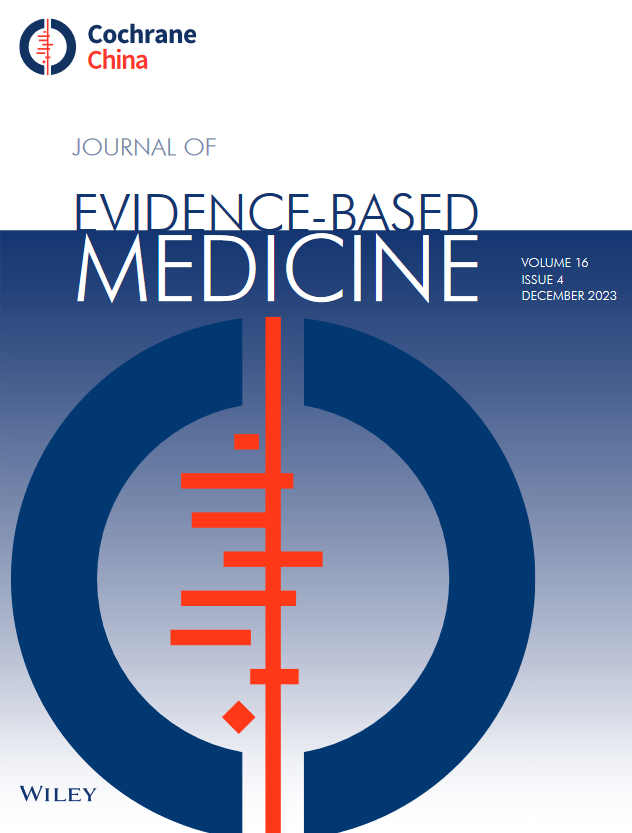Associations of Combined Socioeconomic Status and Healthy Lifestyle With Incidence of Chronic Respiratory Diseases: A Prospective Cohort Study
Abstract
Objectives
To evaluate the relationship between socioeconomic status (SES), lifestyle factors, and their combined impact on chronic respiratory diseases (CRDs).
Methods
Participants were from the UK Biobank and were categorized into SES groups using latent class analysis based on family income, education, and employment status. Lifestyle factors were assessed via 24-hour dietary recalls and structured questionnaires. Each criterion scored 1 (healthy) or 0 (unhealthy), creating a total score from 0 to 4. Multivariable Cox proportional hazards models, interaction analyses, and mediation analyses were conducted.
Results
Among 296,731 participants, 12,128 (4.1%) participants were diagnosed with CRDs. Among low SES groups, healthy lifestyle groups with scores 2, 1, and 0 showed significantly increased hazard ratios of 1.32 (95% CI: 1.21–1.44), 1.77 (95% CI: 1.63–1.93) and 2.36 (95% CI: 2.15–2.60) compared with the healthy lifestyle scores ≥3. The combined effect of SES and healthy lifestyle increased the risk of CRDs by 15% over the risk expected from simply adding their respective effects. The proportion of SES on CRDs incidence mediated by healthy lifestyle factors was statistically significant (p < 0.001), accounting for about 2%.
Conclusions
The risk of incident CRDs in the low SES population with an unhealthy lifestyle increased by 32%–136%. Unhealthy lifestyles significantly affect the incidence of CRDs in different SES subgroups. About 2% of the risk between SES and incident CRDs was mediated by lifestyle factors. These findings highlight the importance of addressing socioeconomic disparities and unhealthy lifestyle behaviors in public health strategies aimed at preventing CRDs.

 求助内容:
求助内容: 应助结果提醒方式:
应助结果提醒方式:


